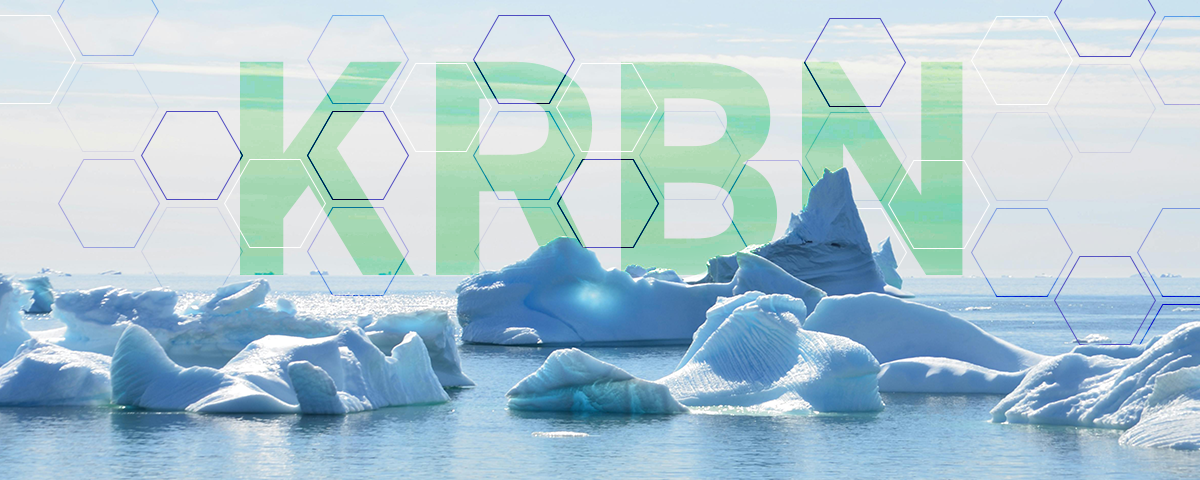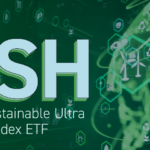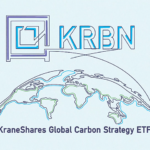
The Carbon Investment Opportunity
At COP 21 in Paris in 2015, parties of the United Nations Framework Convention on Climate Change (UNFCCC) adopted the Paris Agreement to reduce greenhouse gas emissions. The agreement's central aim is to limit global temperature increase to 1.5 degrees Celsius above pre-industrial levels. Scientists believe this level is the threshold for staving off catastrophic consequences of climate change on the environment and human life. Since 2015, the global movement to decarbonize has gained significant momentum, and carbon allowances are an essential tool for achieving these goals.

U.S. Secretary of State John Kerry, with his granddaughter on his lap, signs the COP21 Climate Change Agreement on behalf of the United States
KraneShares and Climate Finance Partners (CLIFI) launched the first flagship carbon allowance ETF, the KraneShares Global Carbon ETF (KRBN), in July 2020 on the New York Stock Exchange. Since then, KRBN has grown to be the largest and most liquid carbon ETF globally.1
But what exactly are we investing in?
Compliance carbon allowances are an emerging asset class whose strong performance has recently captured significant attention. Compliance carbon is based on cap-and-trade programs, also known as Emissions Trading Systems (ETS), which regulate emissions for mandated industries in their respective jurisdictions, forming a new type of investable asset class called carbon allowances or carbon credits.
Governments in the EU, California, the US East Coast, and the United Kingdom have made participation in these programs mandatory, and they control the supply. If a company pollutes 10 tons, they must buy 10 credits. For governments to incentivize companies to shift toward greener operations, the price of emissions must increase over time. Through KRBN ETF, investors get access to carbon credit prices through futures.
Over the past three years, KraneShares has built $800 million across its suite of carbon ETFs. Collectively, this exposure is equivalent to approximately 17 million tons of carbon, or roughly the same as the annual greenhouse gas emissions of 3.7 million gasoline-powered passenger vehicles, 3.3 million homes’ electricity use, or 4.6 coal-fired power plants.5 Our flagship global carbon ETF has returned 137% since inception.2

Through the KraneShares carbon suite, investors gain access to the largest, most traded carbon allowance futures markets:
KRBN, KraneShares Global Carbon Strategy ETF: the global basket of the European Union, California, United Kingdom, and Northeastern US Regional Greenhouse Gas Initiative (RGGI) carbon allowance futures
KCCA, KraneShares California Carbon Allowance Strategy ETF: targeted exposure to the California carbon allowance futures
KEUA, KraneShares European Carbon Allowance Strategy ETF: targeted exposure to the European carbon allowance futures
Compliance carbon can offer a pure exposure to climate action and align with impact investment goals. The markets have one purpose: to reduce carbon emissions within the economies in which they operate. As carbon prices rise, polluters are incentivized to decarbonize their business operations or incur higher costs to source allowances. These higher prices also drive fuel switching and more capital toward green innovations.

As of 2022, 25 operational emissions trading systems worldwide in jurisdictions represent 55% of global GDP. These systems cover 17% of global emissions, according to the ninth ICAP Status Report.3

Emissions trading systems play a crucial role in decarbonizing economies and achieving net-zero goals. California’s market, for example, has raised over $23 billion from auction revenues4, which has been allocated toward projects that provide environmental, health, and economic benefits. Since the start of the program, the state has implemented nearly 600,000 projects, including expanding transit and high-speed rail services, increasing renewable energy capacity, restoring and conserving land, building more affordable housing, and issuing rebates for electric vehicles. These projects alone reduced emissions by 97 MtCO23, providing a win-win situation between decarbonization and economic development.
For KRBN standard performance, risks, and other fund information, please click here.
For KEUA standard performance, risks, and other fund information, please click here.
For KCCA standard performance, risks, and other fund information, please click here.
Citations:
- Data from Bloomberg as of 9/30/2023
- Data from Bloomberg as of 10/25/2023.
- International Carbon Action Partnership (ICAP), “Emissions Trading Worldwide, Status Report 2022.”
- Data from California Air Resource Board (CARB) as of November 2022.
- Environment Protection Agency (EPA), “Greenhouse Gas Equivalencies Calculator” as of January 2024.


















